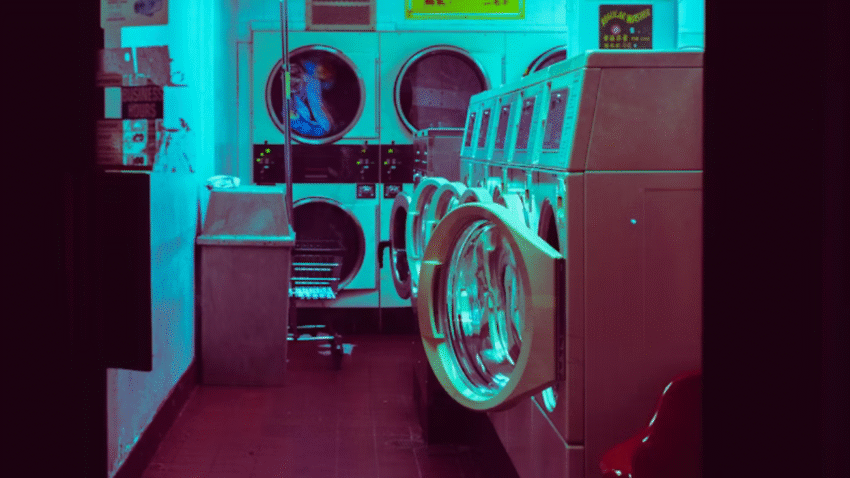Introduction
Laundry is a necessary part of life, but it’s also one of the most resource-intensive household chores. Traditional washing methods can use large amounts of water and electricity, which adds up in both environmental impact and utility bills. The good news is, with a few simple changes, you can dramatically cut down on water and energy usage without sacrificing clean, fresh clothes. This guide will show you exactly how to wash clothes with less water and energy, helping you save money, protect the planet, and extend the life of your garments.
Why Reducing Water and Energy Use in Laundry Matters
Every load of laundry consumes resources—and the numbers can be surprising:
- Water: Standard top-load washers can use up to 40 gallons per load.
- Energy: Heating water accounts for up to 90% of the energy used in a wash cycle.
- Wear and Tear: Over-washing and high heat can shorten clothing lifespan.
By reducing water and energy consumption, you:
- Lower utility bills
- Reduce your household’s environmental footprint
- Protect fabrics from excessive wear
Step-by-Step Guide to Washing Clothes with Less Water and Energy
1. Sort Clothes for Fewer, More Efficient Loads
Avoid running half-empty loads, as this wastes both water and energy.
- Combine similar fabrics and colors to make full loads.
- For small loads that can’t wait, use the “small load” or “eco” setting on your washer.
2. Use a High-Efficiency (HE) Washing Machine if Possible
HE washers use up to 50% less water and energy compared to traditional models.
- Look for the Energy Star label when buying a new machine.
- Use HE detergent to prevent excess suds, which can require extra rinse cycles.
3. Wash in Cold Water Whenever You Can
Heating water uses significantly more energy than running the machine.
- Cold water is suitable for most everyday laundry.
- Reserve warm or hot water for heavily soiled items, bedding, or towels.
4. Choose Shorter Wash Cycles
Many loads don’t need a full-length cycle to get clean.
- Use quick-wash or express cycles for lightly soiled clothes.
- Avoid extra rinse cycles unless necessary.
5. Pre-Treat Stains Instead of Re-Washing
Rather than running a second cycle, treat stains before washing:
- Apply a small amount of liquid detergent, baking soda paste, or white vinegar to the stain.
- Let it sit for 10–15 minutes before adding to the wash.
6. Use the Right Amount of Detergent
Using too much detergent can lead to excess suds, requiring more water for rinsing.
- Follow the measurement guidelines on the detergent packaging.
- For HE machines, use HE-specific detergents in the correct amount.
7. Load the Washer Correctly
Overloading can cause clothes to wash poorly, while underloading wastes resources.
- Fill the washer loosely, leaving space for clothes to move freely.
- Avoid stuffing items in tightly, which can require longer cycles.
8. Skip the Dryer When You Can
Dryers use a lot of energy—air drying is the most eco-friendly option.
- Use a clothesline or drying rack for lightweight items.
- For heavier items, partially air dry before finishing in the dryer to cut drying time.
9. Clean Your Washer Regularly
A dirty washer works less efficiently, which can lead to longer cycles or rewashing.
- Run a maintenance cycle with white vinegar or a washer cleaner once a month.
10. Use Off-Peak Laundry Times (Optional)
If your utility company offers time-of-use rates, run laundry during off-peak hours to save on electricity costs.
Common Mistakes to Avoid
- Washing Clothes After Every Wear
- Mistake: Many items don’t need to be washed every time you wear them.
- Solution: Re-wear jeans, sweaters, and lightly worn clothes before washing.
- Using Too Much Hot Water
- Mistake: Hot water uses significantly more energy than cold.
- Solution: Reserve hot washes for when they’re truly necessary.
- Not Adjusting Settings for Load Size
- Mistake: Washing small loads on full settings wastes resources.
- Solution: Use your washer’s load-size or water-level settings.
- Skipping Energy-Saving Features
- Mistake: Ignoring “eco” or “cold wash” options.
- Solution: Use these settings whenever possible to save both water and electricity.
- Overloading the Washer
- Mistake: Leads to poor cleaning and sometimes requires rewashing.
- Solution: Follow your machine’s load-size recommendations.
Extra Laundry Tips & Hacks
- Wash Full Loads: The most water- and energy-efficient way to do laundry is to run full loads as often as possible.
- Use a Wash Bag: For delicates, mesh laundry bags protect items in shorter cycles.
- DIY Pre-Soak Bucket: Keep a bucket of water and mild detergent for soaking stained clothes before washing.
- Use Sunlight: Sunlight naturally disinfects and deodorizes, reducing the need for hot water washes.
- Wear Clothes Longer: Extending time between washes saves both resources and fabric wear.
For more ways to save energy in laundry, see our “How to Whiten Yellowed White Clothes Naturally” guide—many whitening methods don’t require hot water or machine drying.
Conclusion
Knowing how to wash clothes with less water and energy is about working smarter, not harder. By adjusting your washing habits—like using cold water, running full loads, pre-treating stains, and air drying—you can save significant amounts of money and protect the environment without sacrificing cleanliness.
Pro Tip: Combine these strategies for maximum impact—for example, use cold water, an HE machine, and air drying together for the biggest savings.
Bookmark this guide so you can reference it every time you do laundry, making eco-friendly washing your new normal.
